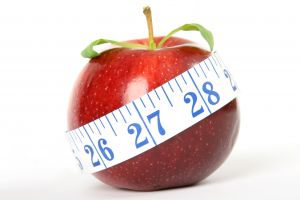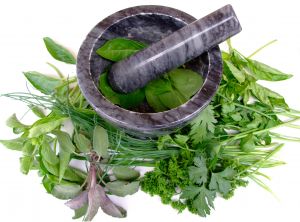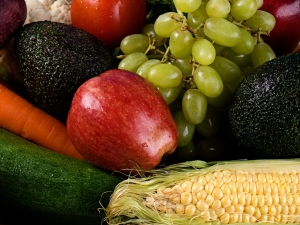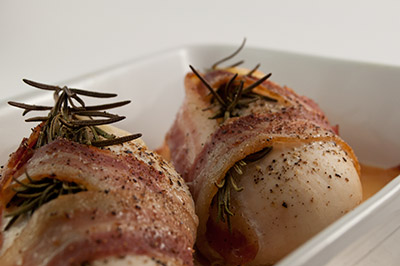Secrets of a slim person
When I was overweight I assumed that most slim people were just lucky and that genetically they were naturally slim. I thought that if I was putting on weight as I got older, it was natural, and that I should just accept the way I was.
It wasn’t until I had a go at cutting down my portion sizes and did a bit more exercise that I realized that in most cases we are in control of how big we are. I realized that I got the way I did because I ate too much and didn’t exercise enough. I did something about it.
This lead me to think about the various healthy weight or slim people that I knew – and no longer did I assume that they were a healthy weight by pure luck. I knew now that the majority of them ate less than I did and did more exercise.
Some examples of this:
The man sitting in the opposite desk to me at work seemed to spend all day eating crisps and biscuits. However – he did 30 laps in the pool every morning.
When standing in a group with two slim friends at church, the Sunday school children offered round their tub of Haribo sweets to us all. I helped myself liberally. One of my friends didn’t have any (she’s a celiac) and my other friend said she didn’t like them.
Another friend at church is extremely slim – I found out when we spent an afternoon together that she doesn’t have a sweet tooth and rarely eats cakes or dessert.
At the church Christmas meal recently where we could choose two or three courses in advance, the slimmest gentleman there hadn’t bothered to order pudding because he doesn’t have a sweet tooth. I also know that he does a reasonable amount of exercise in his spare time.
A lady I travel on the train with claims to snack all day and to have an extremely high metabolism. However she has also told me that she generally feels so full after her evening meal that she never eats dessert.
So, what have I learnt from my own experience and that of others?
• Most slim people do not eat too much – they stop eating when they are full and they practice portion control
• Many slim people are less likely to have a penchant for sweet things or experience sugar cravings. (Note: unfortunately I do not fit into this category!)
• Most slim people do some form of exercise regularly.
• Very few slim people are genetically slim, most of them have habits or tendencies that support their body shape.
• Most slim people do have to exercise control to stay slim, although many have done it for so long that it comes quite naturally.
Of course there are always exceptions – everyone knows someone who can eat what they want and get away with it. As I am not one of them though, I am more interested in the habits of those who are a healthy weight. So if you are struggling to lose weight, why not take notice of those around you. If you have a slim friend ask them what their secret is – it might just be a simple habit that will help you too.
Tags: slim, weight maintenance






